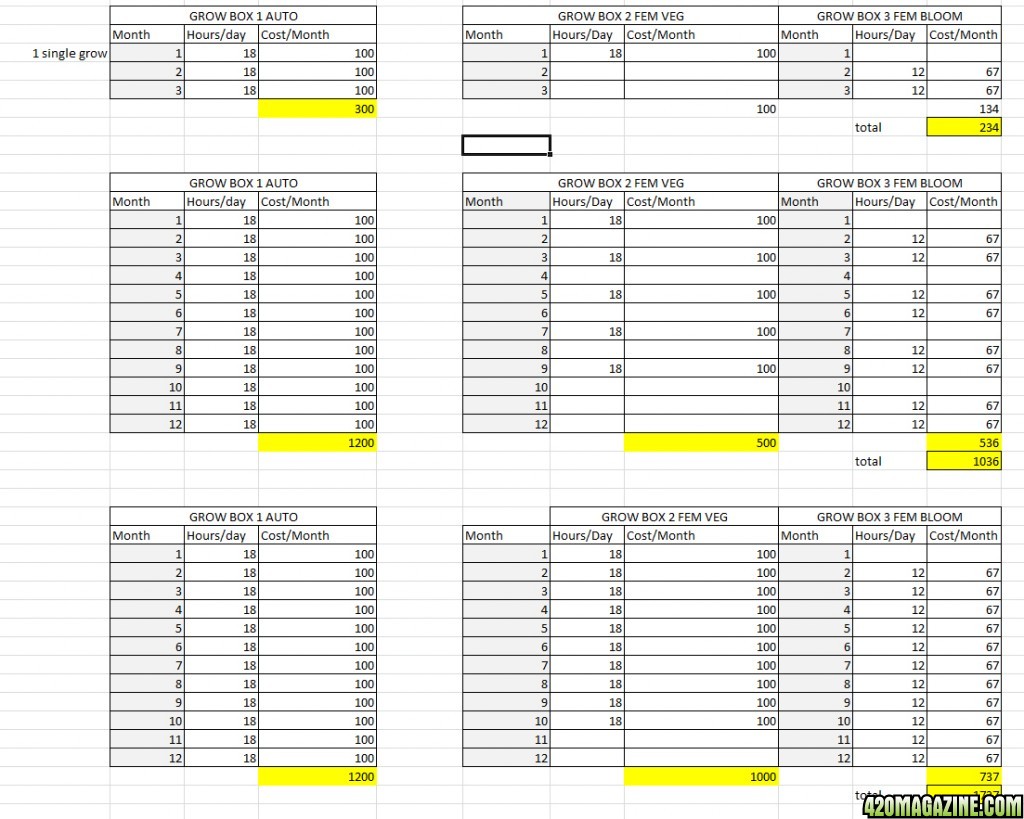GeorgeFoster
New Member
Will put a few of these ideas into use...power co has sent usage info last 2 bills comparing me to my neighbors....I'm using 75% more than my neighbors.
We average use about $300 every 2 months 12 months a yr, but I can apply a few of the ideas and get it lower for sure.
good write up and suggestions, thanks
UPDATE:
After switching to T5's for vegging during 18/6, and turning off exhaust fan during dark hrs in the flower room and shutting down PC while not in use, our bill has dropped approx $60 over a 2 month billing cycle.








 ) use white vinegar once a month in your drip coffeepot (just run a cycle normally, only do not add coffee grounds to the filter and use vinegar in place of water - then look at all the crap that ends up on the filter!) in order to keep it functioning like a new one, well... you should be draining a few gallons of water - and a lot of sediment - from your water heater just as often. Plus, I have a theory that if one only operates that drain valve once a year, it tends to begin leaking much quicker than if it was operated more regularly, lol.
) use white vinegar once a month in your drip coffeepot (just run a cycle normally, only do not add coffee grounds to the filter and use vinegar in place of water - then look at all the crap that ends up on the filter!) in order to keep it functioning like a new one, well... you should be draining a few gallons of water - and a lot of sediment - from your water heater just as often. Plus, I have a theory that if one only operates that drain valve once a year, it tends to begin leaking much quicker than if it was operated more regularly, lol.